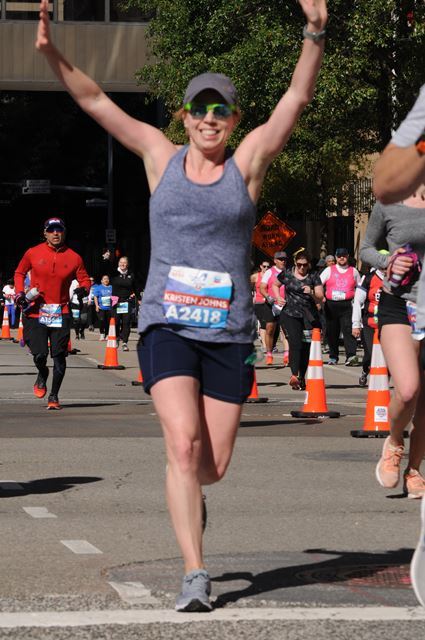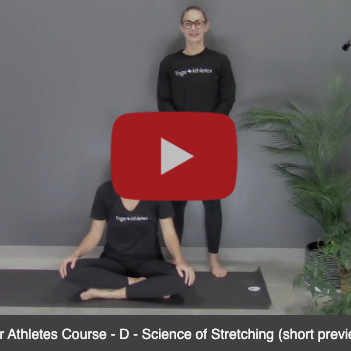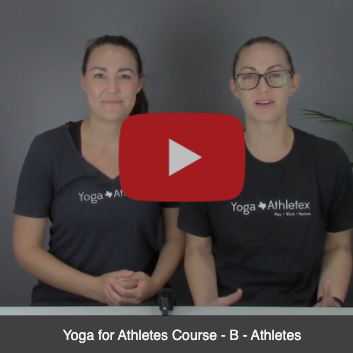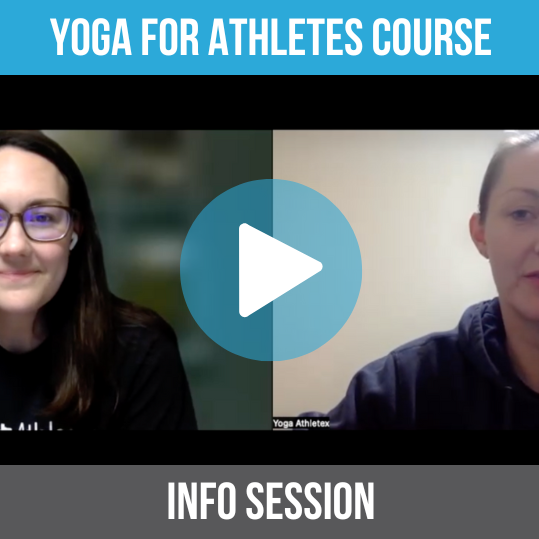We love our runners and we want you to keep those legs healthy! According to Runner’s World, Yoga is an excellent cross-training activity that promotes strength building, improves flexibility, and aids in recovery after a run.
Here are five poses perfect for your post-run routine. Each pose includes step-by-step instructions and benefits, according to the Yoga Journal.
1. Reverse Child’s Pose
Begin by sitting on your shin bones, tops of the feet on the mat – toes together. Let your knees separate to hips width distance apart, or wider. Be mindful of the knees and avoid any posture that causes pain. Modification: use towel or blanket to prop the knees up. Scoop pelvis forward to tuck tailbone under. Bring the hands behind the hips to prop yourself up. If the knees allow, lie back to your forearms. Or, lie all the way back to the shoulders letting your head rest on the mat. To come out, use your elbows to press yourself up to seated. *Benefits: Stretches the quads and hip flexors
2. Prone Twist
Come to your abdomen propping your body up using your elbows. Bend one knee out as you would in tree pose. Send the opposite arm across your mat as far as possible. Rest shoulder and head on mat, place block or blanket under head if it doesn’t connect to the earth. Open chest toward the sky. Repeat the pose on the opposite side for the same amount of time. *Benefits: Releases the low back, Opens tight shoulders, Elongates supporting spinal muscles, Improves digestion, Quiets the mind.
3. Frog Pose
Lie on your belly. Press your forearms against the floor and lift your head and upper torso. Bend your right knee and bring the heel toward the same-side buttock. Then, supporting yourself on the left forearm, reach back with your right hand and clasp the inside of your foot. As you slowly rotate your elbow toward the ceiling, slide your fingers over the top of the foot and curl them over the toe tips. The base of your palm should be pressing the top of the foot. To start press your foot toward the buttock; after a while, if you have the flexibility, take the foot slightly off to the side and press it toward the floor. Be sure to keep your knee in line with your hip. Don’t push your foot too hard if it hurts your knee. Square your shoulders with the front of the mat and don’t collapse into your left shoulder. Instead, press down with your elbow to lift your chest. Do Half Frog Pose on each side for the same length of time, 30 seconds to two minutes. Once your thighs and groins open enough, you can try the full pose-both legs at the same time. *Benefits: Stretches the entire front of the body, ankles, thighs and groins, abdomen and chest, and throat, and deep hip flexors (psoas), Strengthens the back muscles, Improves posture, Stimulates the organs of the abdomen
4. Thread the Needle
Begin by lying on your back. Bend your knees, placing the soles of your feet flat on the floor. Separate your feet so they are hip-width apart. Your thighs should be parallel to each other. Straighten your left leg upward, extending your heel toward the ceiling. Then bend your left knee and cross your left ankle over your right knee, foot is flexed. On an exhalation, draw your right knee in toward your chest. Slide your left hand and forearm through the space between your legs and clasp both hands around the back of your right leg’s hamstring. Keep your back flat on the mat. Tuck your chin slightly and gaze down the center line of your body. Hold for up to one minute. Repeat the pose on the opposite side for the same amount of time. *Benefits: Stretches and opens the outer hips and low back, which increases the range of motion in the lower body. Improves circulation throughout the legs, hips, and back, which can help reduce pain caused by stiffness and inactivity. Drawing your limbs in toward your torso causes your mind to naturally turn inward, which helps calm your thoughts, relieve stress, and soothe anxiety. Increases blood flow to the pelvis and surrounding organs, which helps reduce digestive discomforts and menstrual pain in women.
5. Legs up the wall / Hips on a Block
Start with your support about 5 to 6 inches away from the wall. Sit sideways on right end of the support, with your right side against the wall. Exhale and, with one smooth movement, swing your legs up onto the wall and your shoulders and head lightly down onto the floor. Lift and release the base of your skull away from the back of your neck and soften your throat. Don’t push your chin against your sternum; instead let your sternum lift toward the chin. Take a small roll (made from a towel for example) under your neck if the cervical spine feels flat. Open your shoulder blades away from the spine and release your hands and arms out to your sides, palms up. Keep your legs relatively firm, just enough to hold them vertically in place. Release the heads of the thigh bones and the weight of your belly deeply into your torso, toward the back of the pelvis. Soften or close your eyes. Stay in this pose anywhere from 5 to 15 minutes. Be sure not to twist off the support when coming out. Instead, slide off the support onto the floor before turning to the side. You can also bend your knees and push your feet against the wall to lift your pelvis off the support. Then slide the support to one side, lower your pelvis to the floor, and turn to the side. Stay on your side for a few breaths, and come up to sitting with an exhalation. *Benefits: Relieves tired or cramped legs and feet, Gently stretches the back legs, front torso, and the back of the neck, Relieves mild backache, Calms the mind, offers relief for joint ailments and low extremity injuries.
On-Demand Yoga
Want more yoga? Sign up for a 7-day free trial of YAX Online!

STAY IN THE LOOP!
Subscribe to our free newsletter.
Here's a 4-minute video clip from the 19-minute section about the Science of Stretching from the Yoga Coaching Course!
Here's an 8-minute video about athletes from the Yoga Coaching Course!
Here's a 7-minute introduction video for the Yoga Coaching Course.
This course will give you a better understanding of the importance of yoga and how to apply it to the athletes you currently work with.



